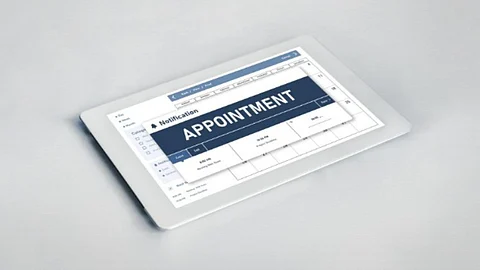6. Feedback Collection for Continuous Improvement
Want to know why patients ghost you? Ask them.
Real-time feedback collection turns every interaction into an opportunity to learn. Whether it’s poor communication, unclear instructions, or long wait times—patients will tell you what’s broken.
And when you act on it? That’s how you build trust.
Two-way communication isn’t optional—it’s how modern healthcare evolves. Letting your patients speak directly to your staff or physicians means better engagement. Listen better, serve smarter.
Best Practices Implementation for Maximum Impact
Assess Your Current Gaps
Start by identifying current inefficiencies in your patient appointment management system.
Understanding these pain points helps you choose the right platform for your needs.
Choose the Right Platform for Your Practice
Look for a patient communication platform that offers features like:
Also, the right platform should match your specialty, size, and operational priorities.
Ensure Comprehensive Training
Select vendors that provide thorough onboarding and ongoing support.
Your staff needs to understand how to maximize the platform's potential for personalized patient engagement and efficient patient appointment management.
Monitor and Improve Continuously
Track key metrics like:
Use these insights to refine your communication channels and collaborate with your vendor for platform optimization. This monitor and improve approach ensures sustained success.
The ROI of Patient Communication Platforms
The investment in a comprehensive patient communication platform pays dividends quickly.
Practices typically see reduced no-show rates, improved patient satisfaction, and increased operational efficiency.
The personalized communication capabilities alone can transform your patient relationships and drive better health outcomes.
Your Next Steps
Missed appointments are draining your practice. But you don’t need more staff or more reminders scribbled on sticky notes to stop that. You need a smarter system.
Patient communication platforms give you just that—a tech-driven, patient-centered way to finally fix the no-show problem. How? By tackling it at the root:
This isn’t a nice-to-have. It’s your front line in improving care continuity, patient satisfaction, and operational efficiency.
The real question isn’t “Should we invest in a patient communication platform?” It’s: “How much longer can we afford to run without one?”
MBT pg


